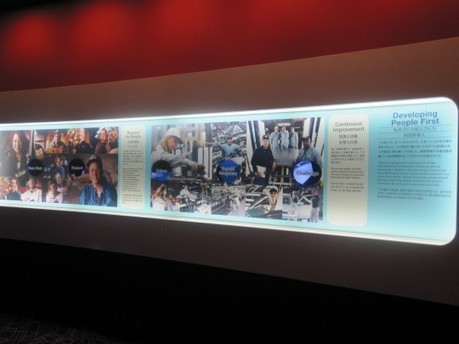Feb 25 2013
3 reasons why you need a [your-company] Production System
See on Scoop.it – lean manufacturing
Do you need a company-specific Production System (XPS) to boost your operational improvement? Yes you do. Here are three reasons…
Michel Baudin‘s insight:
I agree with Torbjørn Netland’s post, with one caveat. In any XPS, effectiveness should always trump standardization. Many XPS’s turn into premature standardization efforts that stifle creativity in plants and turn the implementation effort into an exercise in formal compliance.
In a company with many plants worldwide, making different products for different markets by different processes, local teams need to be allowed to find their own solutions. What the XPS must not allow them to do is to keep these solutions to themselves. Instead, it must organize the sharing of knowledge and skills across sites by such means as periodic technical conference hosted in turn by each plant and a private collaboration web site with wikis and forums.
See on better-operations.com


Feb 26 2013
Toyota, Respect for People and Lean | Mark Graban
See on Scoop.it – lean manufacturing

Ignoring complaints about minor safety issues, like sharp edges on a cart, is also showing disrespect.There are many such issues that must be addressed before asking people to participate in improvement and contribute ideas.The Frank Woollard quote in Bob Emiliani’s comment explains why you should pay respect to your people. It’s not about being nice. In the long run, you cannot compete unless your organization fires on all intellectual cylinders.
See on www.leanblog.org
Share this:
Like this:
By Michel Baudin • Blog clippings 3 • Tags: Lean, Respect for People, Toyota